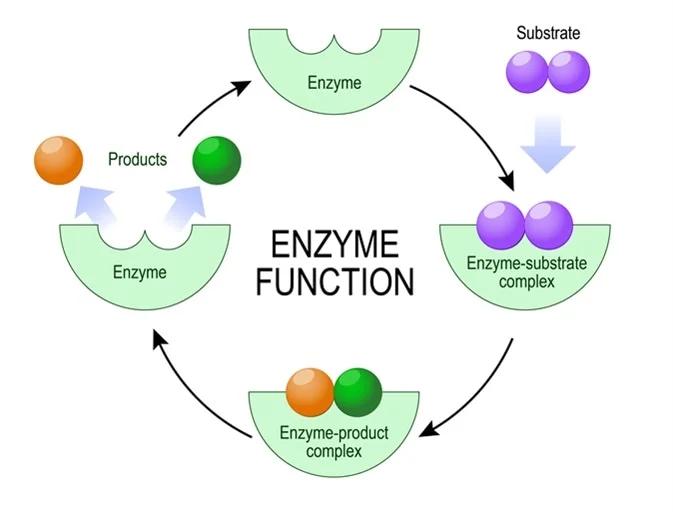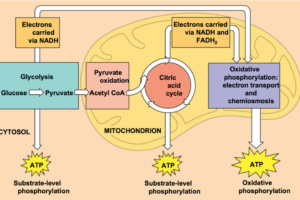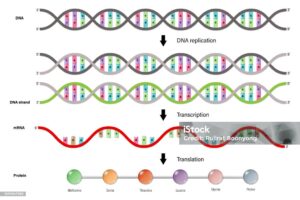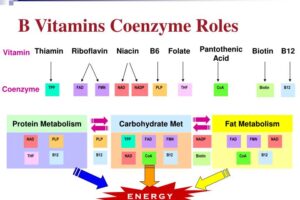
Enzymes: Structure, Function, and Enzyme Kinetics Explained
Discover the fascinating world of enzymes — their structure, functions, and the principles of enzyme kinetics. Learn how enzymes drive life processes at the molecular level.
Introduction
Enzymes are biological catalysts that accelerate chemical reactions essential for life. Without enzymes, most biochemical reactions would occur too slowly to sustain life. In this blog, we will explore the structure and function of enzymes, and dive into the basics of enzyme kinetics.
What Are Enzymes?
Enzymes are proteins (and sometimes RNA molecules) that speed up chemical reactions without being consumed in the process. Each enzyme is highly specific for its substrate — the molecule it acts upon — and facilitates its transformation into a product.
Structure of Enzymes
Enzymes are composed of one or more polypeptide chains folded into a unique three-dimensional structure.
Key structural components include:
- Active Site:
The region where the substrate binds and the reaction takes place. - Substrate Binding Site:
Part of the active site specifically designed to fit the substrate. - Cofactors and Coenzymes:
Some enzymes require non-protein helpers like metal ions (e.g., Zn²⁺, Mg²⁺) or organic molecules (e.g., vitamins) to function properly. - Quaternary Structure:
Some enzymes are made of multiple subunits assembled together (e.g., hemoglobin, though technically not an enzyme, shows the concept).
Fun Fact:
The unique folding of enzymes is crucial. Denaturation (due to heat or pH changes) can destroy their structure and function.
Functions of Enzymes
Enzymes perform a wide range of vital roles, including:
- Catalyzing metabolic reactions (e.g., digestion of food)
- DNA replication and repair
- Signal transduction (relaying messages within cells)
- Energy production (e.g., ATP synthesis)
- Detoxification (e.g., alcohol dehydrogenase in the liver)
Enzyme Specificity
Enzymes are highly specific, and their activity depends on:
- Substrate specificity: Only certain molecules fit into the active site.
- Stereospecificity: Preference for specific isomers.
- Reaction specificity: Catalyzing only a specific type of chemical reaction.
Enzyme Kinetics: Understanding Reaction Rates
Enzyme kinetics is the study of how enzymes bind substrates and turn them into products.
Key Concepts:
- Substrate Concentration:
At low concentrations, reaction rate increases linearly. At high concentrations, the enzyme becomes saturated, and the rate plateaus. - Michaelis-Menten Kinetics:
A model describing the rate of enzymatic reactions: v=Vmax[S]Km+[S]v = \frac{{V_{\text{max}} [S]}}{{K_m + [S]}}v=Km+[S]Vmax[S] Where:- vvv = initial reaction velocity
- VmaxV_{\text{max}}Vmax = maximum velocity
- [S][S][S] = substrate concentration
- KmK_mKm = Michaelis constant (substrate concentration at half-max velocity)
- Km (Michaelis Constant):
Indicates the affinity of the enzyme for its substrate. Lower Km = higher affinity. - Vmax:
The maximum rate of reaction when the enzyme is saturated with substrate.
Factors Affecting Enzyme Activity
- Temperature:
Optimal around 37°C for human enzymes; too high can cause denaturation. - pH:
Each enzyme has an optimum pH (e.g., pepsin works best at pH 2). - Enzyme Concentration:
More enzyme = faster reaction (up to a limit). - Inhibitors:
Molecules that reduce enzyme activity (competitive, non-competitive, uncompetitive inhibitors).
Applications of Enzymes
- Medicine: Enzyme therapy, diagnostic tools (e.g., measuring blood enzyme levels).
- Industry: Enzymes used in detergents, food processing, and brewing.
- Biotechnology: Enzymes like CRISPR-associated proteins used in gene editing.
Conclusion
Enzymes are indispensable to life. Their unique structures and precise functions make them master regulators of metabolism. Understanding enzyme kinetics not only deepens our knowledge of biology but also enables advancements in medicine, industry, and biotechnology.
Suggested Readings:
- Lehninger Principles of Biochemistry by Nelson and Cox
- Fundamentals of Biochemistry by Voet and Voet
Tag:WordPress



